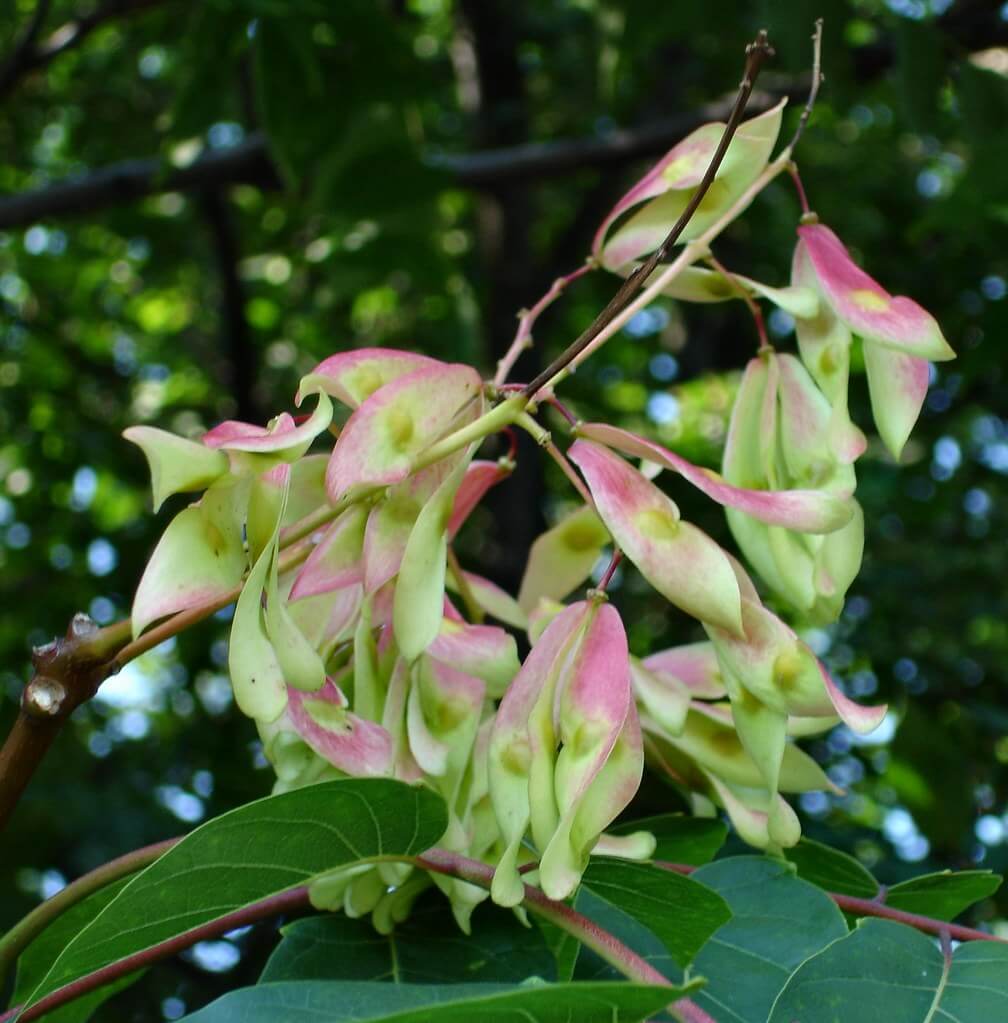Australian Plant Census (2011) available at Vascular Plants APNI (biodiversity.org.au)
Australia's Virtual Herbarium (AVH) (2007). Council of Heads of Australian Herbaria (CHAH). Available at: Home - AVH (chah.org.au)
Bannerman, M. (2005) Zieria obcordata Draft Recovery Plan. Department of Environment and Conservation (NSW). Available at: Zieria obcordata - draft recovery plan (nsw.gov.au) [pdf link]
Batianoff, G.N. and Butler, D.W. (2002) Assessment of Invasive naturalized plants in south-east Queensland, Queensland Herbarium, Environmental Protection Agency, Brisbane Botanic Gardens, Queensland, Australia. Available at: 171Batianoff.p65 (caws.org.nz) [pdf link]
Blood, K. (2001) Environmental Weeds: a Field Guide for SE Australia. CH Jerram & Associates, Mt Waverley, Victoria.
Burch & Zedaker (2003). Removing the Invasive Tree Ailanthus altissima and Restoring Natural Cover. Journal of Arboriculture 29(1).
Call, L.J. and Nilsen, E.T. (2005). Analysis of interactions between the invasive tree-of-heaven (Ailanthus altissima) and the native black locust (Robinia pseudoacacia). Plant Ecology 176:275-285
Cunningham, G. M., Mulham, W. E., Milthorpe, P. L. and Leigh, J. H. (1992). Plants of Western New South Wales. Inkata Press, Sydney.
eFlora of South Australia (2007). Ailanthus altissima (Mill.) Swingle. Electronic Flora of South Australia species Fact Sheet, Department of Environment and Heritage, S.A. Available at: Fact sheet for Ailanthus altissima (flora.sa.gov.au)
Global Invasive Species Database (GISD) (2005). Ailanthus altissima. Available at: GISD (iucngisd.org)
Harden, G.J. (2007). Ailanthus altissima (Mill.) Swingle in PlantNET - The Plant Information Network System of Botanic Gardens Trust, Sydney, Australia (Version 2.0). Available at: PlantNET - FloraOnline (nsw.gov.au)
Hoshovsky, M.C. (1988) Element Stewardship Abstract for Ailanthus altissima The Global Invasive Species Team, The Nature Conservancy. Available at: ailaalt.PDF (invasive.org) [pdf link]
Howard, J.L. (2004). Ailanthus altissima. In: Fire Effects Information System, [Online]. U.S. Department of Agriculture, Forest Service, Rocky Mountain Research Station, Fire Science Laboratory (Producer). Available at: Ailanthus altissima (usda.gov)
Hussey, B.M.J., Keighery, G.J., Cousens, R.D., Dodd, J. and Lloyd, S.G. (1997) Western Weeds: a Guide to the Weeds of Western Australia. The Plant Protection Society of Western Australia (Inc.).
Lawrence J.G., Colwell A. and Sexton O.J. (1991) The ecological impact of allelopathy in Ailanthus altissima. Simaroubaceae. American Journal of Botany 78: 948-958.
Mergen, F. (1959) A toxic principle in the leaves of Ailanthus. Botanical Gazette 121: 32 - 36
Miles, J. (undated) Tree of Heaven (Ailanthus altissima) South Coast Weeds, Eurobodalla Shire Council, New South Wales.
Parsons, W.T. & Cuthbertson, E.G. (2001). Noxious Weeds of Australia. CSIRO Publishing, Victoria.
Rodd. T. (2002) Correspondence on Enviroweeds listserver dated 29 Apr 2002. Enviroweeds Archive, CRC for Australian Weed Management.
Victorian Resources Online (2007) Tree of Heaven (Ailanthus altissima) (Nox). Department of Primary Industries Victoria. Available at: Tree of Heaven (Ailanthus altissima) (Nox) | VRO | Agriculture Victoria
Walsh, N.G. & Entwisle, T.J. (1999). Flora of Victoria. Volume 4. Inkata Press, Melbourne.
Western Australian Herbarium (1998-). FloraBase - The Western Australian Flora. Department of Environment and Conservation. Available at: Taxon Profile of Ailanthus altissima (Mill.) Swingle | Florabase (dbca.wa.gov.au)































